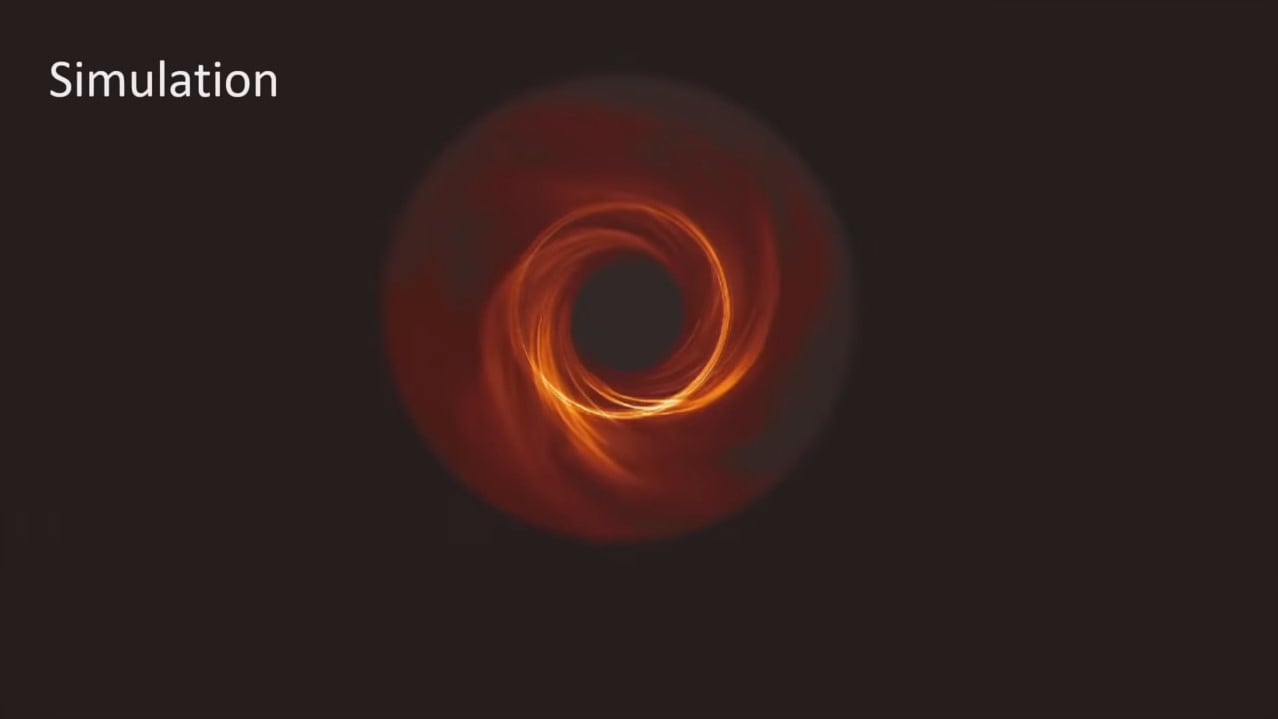This week was spectacular for astronomy and astrophysics with the first-ever photograph of a black hole being released. The incredible image has quickly spread around the world via social media. Katie Bouman, the woman behind the first photo of a black hole, has also won the admiration of people around the world.
While her reaction to such a groundbreaking discovery is quite modest, based on the pictures she posted on Facebook and reports from her team, we can’t ignore the fact that her scientific contributions will be remembered and cherished for a long time.
Katie Bouman is a 29-year old assistant professor of computing and mathematical sciences at Caltech, and she developed an algorithm at MIT which enabled the first photo of a black hole to be taken. She has worked with MIT’s Computer Science and Artificial Intelligence Laboratory, the MIT Haystack Observatory and the Harvard-Smithsonian Center for Astrophysics over the last few years to lead the development of her groundbreaking algorithm.
3 years ago MIT grad student Katie Bouman led the creation of a new algorithm to produce the first-ever image of a black hole.
Today, that image was released.
More info: https://t.co/WITAL1omGl
2016 story: https://t.co/QV7Zf2snEP#EHTblackhole #EventHorizonTelescope pic.twitter.com/u6FBswmGDZ
— MIT CSAIL (@MIT_CSAIL) April 10, 2019
The woman behind the first photo of a black hole led the team which developed the algorithm that converted telescope data into the photo that’s now gone viral across social media. The black hole they captured is 55 million light years away at the heart of the Messier 87 galaxy. Bouman posted about the moment “the first image anyone ever made of a black hole” was processed:
Just to clarify, this was the first image *ANYONE EVER MADE* of a black hole. #smalldetails https://t.co/m0aCniRysp#EHTBlackHole #BlackHoleDay #BlackHole pic.twitter.com/C8wF5t6GGA
— MIT CSAIL (@MIT_CSAIL) April 10, 2019
Her algorithm was used in the Event Horizon Telescope (EHT) project, a joint international project which combines different telescopes around the globe into an Earth-sized telescope network allowing high-resolution imagery to be taken even in unexplored parts of the universe. The greater the distance between the telescopes, which stretch between Chile, Spain, Antarctica and five other locations, the more precise and detailed the photos are. The Event Horizon Telescope is also described as a “virtual Earth-sized telescope.”
The photo doesn’t exactly capture the black hole. The glowing ring is, in fact, called an event horizon, the point beyond which not even light can escape the pull of a black hole. Black holes can measure over 6.5 billion times the mass of the sun and can “warp the fabric of space-time,” according to the National Science Foundation, which also contributed to the EHT project. The woman behind the first photo of a black hole rendered a set of photographs taken by the telescope using her algorithm.
“When we saw it for the first time, we were all in disbelief. It was quite spectacular,” she told BBC Radio 5 live. “We got really lucky with the weather… We got lucky in so many ways.”
The team that maneuvered the telescopes to capture the image consisted of more than 200 scientists, according to CNN.
“No one of us could’ve done it alone,” she told CNN. “It came together because of lots of different people from many different backgrounds.”





